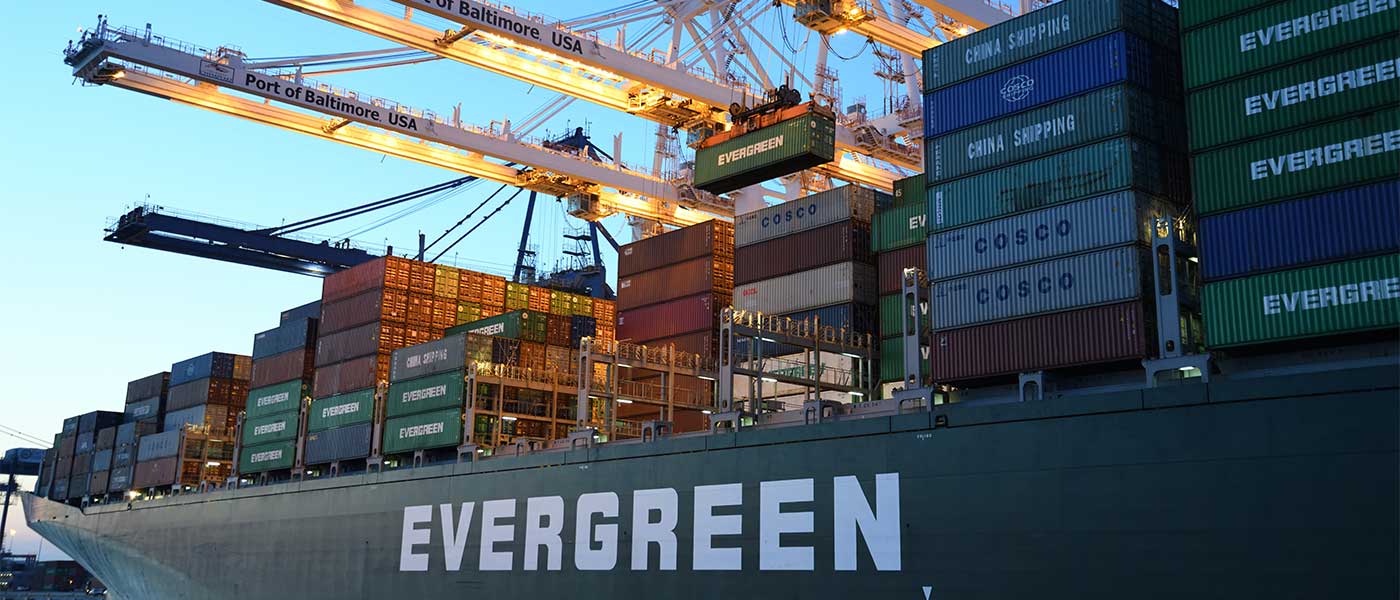If you intend to sell on Shopee, one of the most important things you need to know is the Shopee Seller Transaction Fee — the handling fee for the cost of payment transactions for every order placed with a seller.
For every successful transaction on its payment services, Shopee will collect a 2% (+VAT or value-added tax) fee on the buyer’s total amount. The same fee also covers orders that are tagged as “lost” by Shopee. Remember that these fees are imposed on all sellers on Shopee and are up-to-date as of August 1, 2020.
Understanding Shopee Seller Transaction Fee

Before we dive into how to calculate the Shopee Seller’s Transaction Fee, it is crucial to understand what it encapsulates. The Shopee Seller Transaction Fee refers to the amount charged by Shopee to sellers for each successful transaction made on the platform.
The transaction fee plays a crucial role in supporting the infrastructure, operations, and services provided by Shopee to create a seamless shopping experience for buyers. By collecting this fee, Shopee can invest in technology enhancements, marketing campaigns, and customer support to attract more customers and drive traffic to sellers’ products.
How is Shopee Seller Transaction Fee calculated?
Before calculating the Shopee seller transaction fee, you must first know how to calculate the +VAT. The formula is:
+ (2% TF X 12% VAT)
= 2.24% (the actual fee on the buyer’s purchased item)
Now that you have the figure, you can begin to compute the seller transaction fee. As an example, let’s say a buyer purchases an item worth ₱400 from your shop and you want to know how much you will be paying Shopee. Note that this includes the shipping cost, as well as vouchers and Shopee coins used by the buyer to get the item:
₱500 (item purchased)
+ ₱50 shipping fee
– ₱25 voucher
– ₱50 Shopee coins used
= ₱475 total purchase of buyer
Then you put in the fee you calculated earlier:
P475 total purchase of buyer
X 2.24% (actual fee of the item)
= P11 seller transaction fee
Note: that Shopee rounds the exact amount calculated to the nearest full number. In the case of our example, the exact amount calculated was ₱10.64.
Scenarios in Which the Seller Transaction Fee Applies
All orders are covered by the Seller Transaction Fee. However, there are some exceptions. These include the following:
- Orders canceled by buyers
- Orders canceled by sellers
- Orders auto-canceled by the system
- Returned or refunded orders
Does it cover taxes?
Yes. As you can see in our example, the 12% value-added tax is a requirement under Revenue Regulation No. 9-2021 of the Philippine government.
Remember that as a local seller, you have the responsibility of filing your own tax filings to the Bureau of Internal Revenue (BIR).
Benefits of E-wallets: Shopee Pay for Shopee Sellers
We’ll take a look into the advantages of Shopee Pay, particularly for Shopee Sellers….
Monitoring Shopee Seller’s Transaction Fee Increases
Shopee periodically reviews and adjusts its fee structure to ensure a fair marketplace for both sellers and buyers. Staying informed about fee changes is crucial for sellers to make informed business decisions. Regularly checking for fee updates allows sellers to adapt their pricing strategies, assess the impact on profitability, and maintain a competitive edge.
Shopee typically communicates fee adjustments through official announcements or notifications on the platform. They aim to provide sellers with a reasonable notice period before implementing fee changes. Sellers should pay attention to these announcements and actively seek out information through Shopee’s seller support channels to stay up to date with any fee adjustments.

It is advisable for sellers to check for fee updates regularly, especially during significant periods of growth or changes in the e-commerce landscape. A monthly or quarterly review of fee adjustments can help sellers make timely adjustments to their pricing and business strategies, ensuring they remain profitable and competitive in the marketplace.
Key Factors that Influence the Shopee Seller’s Transaction Fee
The key factors that influence the calculation of the fee have been discussed in great depth below.
- Item Price and Listing Category
- Shipping Fees and packaging Costs
- Value-added Services
- Shopee’s Commission Percentage
- Item Price and Listing Category
The fee structure varies across different product categories. Higher-priced items may have a different fee percentage compared to lower-priced items. For instance, electronics might have a higher fee percentage compared to fashion accessories. It’s important for sellers to consider this factor when pricing their products and managing their profit margins.
- Shipping Fees and Packaging Costs
Shipping fees and packaging costs also factor into the calculation of the seller transaction fee. Sellers have the flexibility to set their own shipping fees or use Shopee’s recommended rates. It’s essential to carefully assess the impact of shipping costs on the overall profitability of each transaction to ensure that the fee doesn’t outweigh the earnings.
- Value-Added Services
Shopee offers various value-added services to help sellers enhance their product visibility and attract more buyers. These services include promotional tools, advertising options, and premium listing features. While utilizing these services can be beneficial in increasing sales, it’s important to evaluate the associated costs and their impact on the seller transaction fee. Sellers should weigh the potential benefits against the fee increment to determine the most cost-effective strategies.
- Shopee’s Commission Percentage
In addition to the seller transaction fee, Shopee also earns a commission based on the total transaction value. The commission percentage may vary depending on factors such as the seller’s performance and the product category. It’s crucial for sellers to be aware of this commission percentage as it can impact their overall profitability and should be factored into the pricing strategy.
No Posts Found
Conclusion
Shopee is extremely particular about obtaining the Shopee Seller’s Transaction Fee due to the many advantages it is able to allow to the seller and the customer. However, it is also vital to understand why this fee is imposed. Nevertheless, having an idea of why this fee is imposed, how it is calculated, and why it is extremely vital to the overall structure of Shopee.
By comprehending how the fee is calculated and considering factors such as item price, shipping fees, value-added services, and Shopee’s commission percentage, sellers can optimize their pricing strategies and manage profitability effectively. Regularly monitoring fee increases and staying informed about updates is essential for adapting to changes. By implementing the tips provided, sellers can navigate the fee structure successfully and maximize their success on Shopee’s e-commerce platform.
And if it is logistics that you wish to tackle for your business with a 3PL partner, Locad has a Shopee integration that you can use to have fulfillment sorted. So sign up with Locad today!












